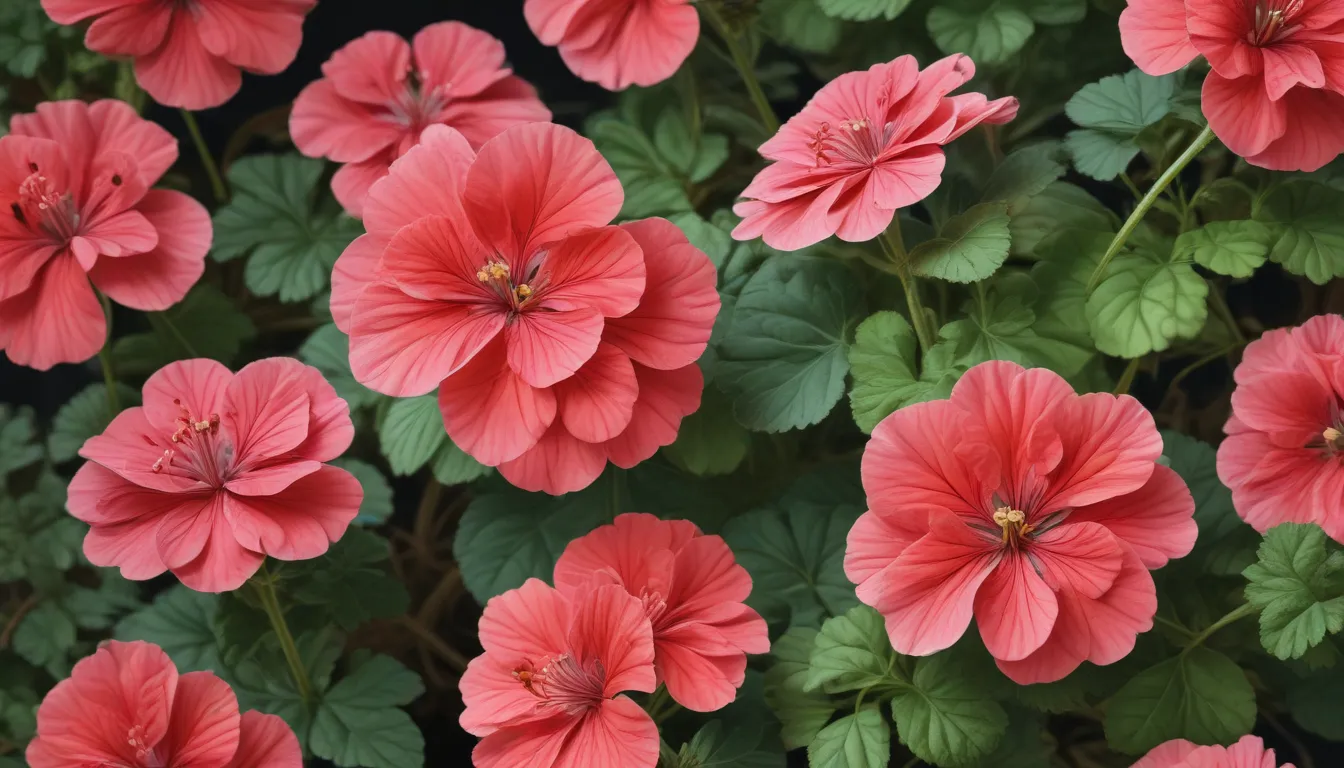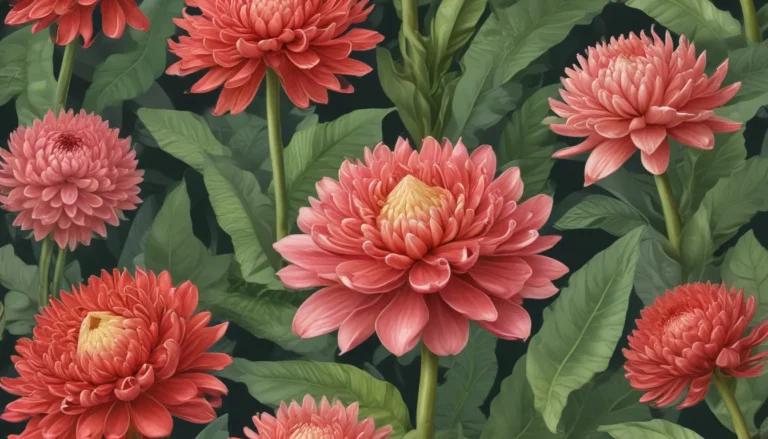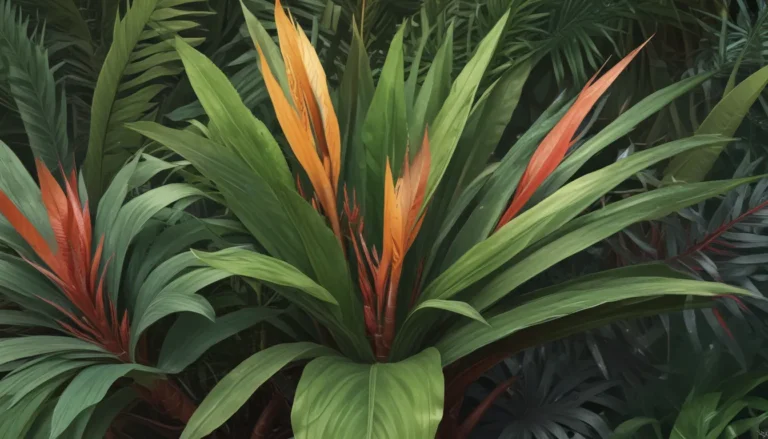The pictures we use in our articles might not show exactly what the words say. We choose these pictures to make you interested in reading more. The pictures work together with the words but don’t take their place. The words still tell you the important facts.
Welcome to the enchanting world of Geranium phaeum, also known as the Mourning Widow. This captivating plant, belonging to the Geraniaceae family, boasts deep velvety purple flowers and uniquely shaped leaves that add elegance to any garden or landscape. But there's much more to Geranium phaeum than meets the eye. In this article, we will delve into eight intriguing facts about this versatile and fascinating plant that will surely pique your interest. From its medicinal properties to its ability to attract beneficial pollinators, Geranium phaeum proves to be a gem in the plant kingdom. So, let's embark on a journey to uncover why this plant is a must-have for your garden.
Geranium Phaeum: A Closer Look
Geranium phaeum, commonly known as the Mourning Widow, is a flowering perennial plant native to the woodlands of Europe. With its dark purple flowers and unique foliage, Geranium phaeum adds a touch of elegance to any garden or landscape. This hardy plant thrives in shady areas, making it a popular choice for gardeners seeking to fill those difficult spots where other plants struggle to grow.
The Colorful Transformation of Geranium Phaeum Flowers
The flowers of Geranium phaeum exhibit a fascinating color-changing ability. Initially, the blooms showcase dark purple or maroon hues. However, as they age, the petals gradually transition to a lighter shade, sometimes even turning almost white. This color variation adds intrigue and diversity to the plant's appearance, making it a visually captivating addition to any garden.
A Haven for Pollinators
Geranium phaeum's flowers are not only a treat for the eyes but also a haven for pollinators. The nectar produced by the flowers attracts a variety of beneficial pollinators such as bees and butterflies. By including Geranium phaeum in your garden, you not only enhance its beauty but also contribute to the well-being of the local pollinator population, creating a vibrant and lively ecosystem.
Harnessing the Medicinal Potential
In traditional herbal medicine, Geranium phaeum has been prized for its medicinal properties. The plant is known for its astringent and anti-inflammatory qualities, believed to help alleviate symptoms of diarrhea and digestive disorders. However, it is crucial to consult a healthcare professional before using Geranium phaeum for medicinal purposes to ensure safe and effective use.
Effortless Elegance: Low-Maintenance Charm
Once established, Geranium phaeum requires minimal care, making it a low-maintenance delight for gardeners. This resilient plant can tolerate a wide range of soil conditions and is relatively drought-tolerant, thriving with little intervention. For those seeking a fuss-free yet beautiful addition to their garden, Geranium phaeum proves to be the perfect choice.
Nature’s Deer-resistant Treasure
A notable advantage of Geranium phaeum is its deer-resistant nature. This plant is not a preferred food source for deer, making it an excellent choice for gardeners living in areas with deer populations. By including Geranium phaeum in your garden, you can protect your precious plants from being grazed upon by these animals.
Timeless Beauty: A Long-Lived Companion
With proper care, Geranium phaeum can grace your garden for many years, showcasing its beauty season after season. Regular pruning and removal of dead foliage can promote healthier growth and extend the plant's lifespan, allowing you to enjoy its enduring beauty and charm year-round.
Versatility in Landscaping: A Creative Touch
Whether used as a ground cover, accent plant, or border plant, Geranium phaeum adds texture, color, and visual interest to any landscape design. Its ability to thrive in shade makes it an excellent choice for underplanting trees or filling in garden beds with less sunlight. The versatility of Geranium phaeum opens up a world of creative possibilities for landscaping enthusiasts.
In Conclusion
Geranium phaeum, with its enchanting allure and multifaceted qualities, stands out as a plant worthy of admiration and exploration. Whether you are a gardening enthusiast seeking to enhance your outdoor space or simply curious about the wonders of nature, Geranium phaeum offers a captivating subject for discovery. By incorporating this remarkable plant into your garden or deepening your knowledge of its characteristics, you can elevate your gardening experience and contribute to the preservation of our natural world. Embrace the beauty and benefits of Geranium phaeum, and let its charm enrich your garden journey.
FAQs
Q: How tall does Geranium phaeum grow?
- A: Geranium phaeum typically grows up to 24 inches (60 cm) in height.
Q: What is the flower color of Geranium phaeum?
- A: Geranium phaeum flowers vary in color, ranging from deep purple and maroon to blackish-purple shades.
Q: Does Geranium phaeum require full sunlight?
- A: Geranium phaeum prefers partial shade to full shade, making it an ideal choice for gardens with limited sunlight exposure.
Q: Can Geranium phaeum be grown in containers?
- A: Yes, Geranium phaeum can be grown in containers, adding versatility to its charm for patio, balcony, and small space gardening.
Q: Is Geranium phaeum a perennial plant?
- A: Yes, Geranium phaeum is a perennial plant, returning year after year with proper care and maintenance.
Q: Are there any medicinal uses for Geranium phaeum?
- A: Yes, Geranium phaeum possesses medicinal properties and has been utilized in traditional medicine to address various health issues such as gastrointestinal problems and inflammation.
Q: How do I propagate Geranium phaeum?
- A: Geranium phaeum can be easily propagated through division. In early spring or fall, divide the plant at the root level and replant the sections in desired areas.
Q: Is Geranium phaeum attractive to wildlife?
- A: Yes, Geranium phaeum flowers attract pollinators such as bees and butterflies, making it a beneficial plant for wildlife and biodiversity.
Explore the wonders of Geranium phaeum and unlock the secrets of this remarkable plant. Immerse yourself in the beauty of nature's offerings and let the allure of Geranium phaeum enrich your gardening journey. With its captivating charm and versatile nature, this plant is sure to bring joy and inspiration to your outdoor space. Dive into the world of Geranium phaeum and discover a world of enchantment waiting to be explored.






